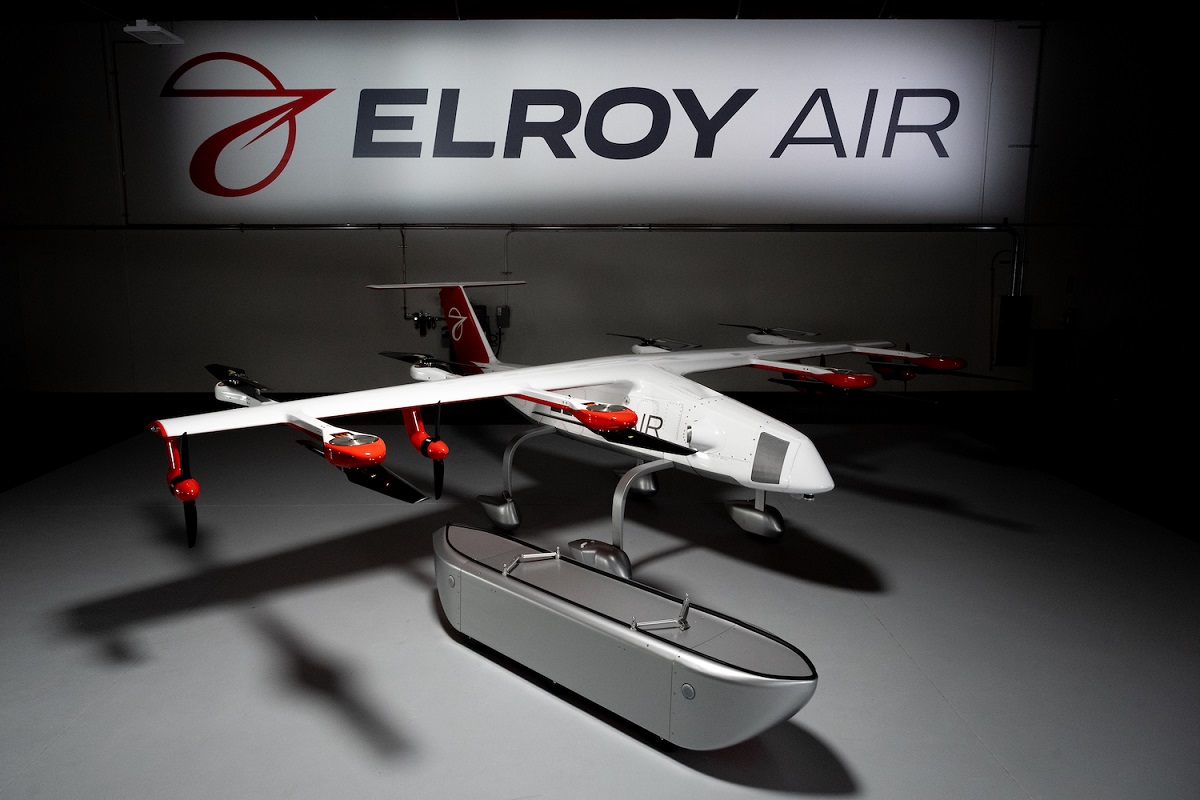Bristow and Elroy Air sign LOI to purchase 100 eVTOL aircraft
Vertical flight solutions provider Bristow signed a letter of intent (LOI) with Elroy Air, a company that develops autonomous cargo aircraft, for the purchase of 100 electric vertical take-off and landing (eVTOL) «Chaparral» aircraft, a hybrid electric type.
Both companies plan to replace the letter of intent with a definitive purchase order in the near term. To date, Elroy Air has signed sales agreements for 900 eVTOL aircraft with commercial, defense and humanitarian services customers.
Should the deal go through, the aircraft will become the first of its kind to join Bristow’s fleet, which plans to use it to service logistics, healthcare and energy applications. The company specializes in providing helicopters for the oil and gas industries, search and rescue teams, and general support for government and private organizations.
It currently operates a fleet of 240 aircraft. According to a press release, the «Chaparral» will offer a solution to the challenges faced by helicopter operators. In this regard, it highlighted the reduction of emissions generated by hybrid aerial vehicles, as well as the contribution to compensate for the pilot shortage through the introduction of an autonomous aircraft.
Main characteristics of the eVTOL «Chaparral»
As stated by Elroy Air, the first version of the aircraft, introduced in January of this year, will be able to carry between 300 pounds (136 kilograms) and 500 pounds (226 kilograms) of cargo. It will have a range of up to 260 nautical miles (482 kilometers). The cargo will be placed in a capsule that will be attached to the bottom of the fuselage and will be able to be picked up and set down autonomously.
It will have a distributed electric propulsion, with eight rotors for vertical lift and four forward rotors for horizontal cruise flight. It will feature a high-wing configuration and its fuselage will be made of carbon composite materials.

The «Chaparral» was designed by Elroy Air’s team in San Francisco, California, as an autonomous flight vehicle, although it will be able to be piloted remotely to comply with civil aviation regulatory authorities and the integration policy of each airspace.
The manufacturer stresses that the aircraft will enable «safe and efficient air cargo transport for disaster relief, firefighting and humanitarian operations». It also highlights its «lower cost than traditional helicopters or fixed-wing aircraft, with no risk to pilots and no dependence on airport infrastructure.»
See also: [Document] EASA publishes the first regulations on urban air mobility in the world

/https://aviacionlinecdn.eleco.com.ar/media/2022/07/Bristow-Elroy-Air-eVTOL.jpg)
Para comentar, debés estar registradoPor favor, iniciá sesión